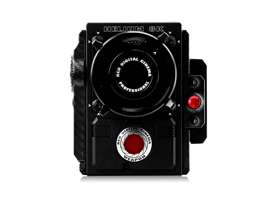- Moderator
- #1
- Joined
- Apr 19, 2007
- Messages
- 13,390
- Reaction score
- 792
- Points
- 113
- Location
- Los Angeles
- Website
- www.phfx.com
Hello all,
Here's the results of those first precious yet tedious weeks of testing the new camera.
After about 25+ years of professionally testing cameras, I'm going into more depth than I ever have publicly because there's been a lot more interest in all of it. And it's time to expand on a few things I imagine as so many more are dabbling in these dark arts now.
Here's a look at Dynamic Range, Latitude, Image Noise, with some thoughts on best practices, workflow insight, and a few handy charts.
This took some effort to make pretty and not just all spreadsheets. I hope you find it useful.
25 pages in PDF or JPG.
https://www.phfx.com/articles/RED_V-RaptorX_DynamicRangePlusExtras/

Here's the results of those first precious yet tedious weeks of testing the new camera.
After about 25+ years of professionally testing cameras, I'm going into more depth than I ever have publicly because there's been a lot more interest in all of it. And it's time to expand on a few things I imagine as so many more are dabbling in these dark arts now.
Here's a look at Dynamic Range, Latitude, Image Noise, with some thoughts on best practices, workflow insight, and a few handy charts.
This took some effort to make pretty and not just all spreadsheets. I hope you find it useful.
25 pages in PDF or JPG.
https://www.phfx.com/articles/RED_V-RaptorX_DynamicRangePlusExtras/

Last edited:




